|
This year, it seems to be that “April Showers” turned into May showers. And then June Showers. Now its July and the northeast still seems to be getting drenched at least twice a week. The constant thunderstorms and heavy rainfall is not just an inconvenience, but a danger as flash floods have become an occurrence around New York State. Even after the rainfall, the resulting influx of water is washing over roads, causing power outages, and even damaging homes. Farms struggle with heavy rainfall and flooding as well. Wet conditions force farmers to keep their heavy tractors out of the field to avoid getting stuck. Standing water from saturated soils or flooding can drown crops and pasture plants, both posing significant losses. Bruce and Nancy Rivington, Kriemhild co-owners and farmers of Red Gate Farm, own about 700 acres of contiguous land. Despite the inundation of precipitation since spring, none of their pastures had flooded this year. Now, this may be due to luck, but it is likely due to the impact grazing has on their soils. Climate Change is HereWe’ve discussed how the practice of grazing encourages carbon sequestration, but this is not the only way that grazing combats climate change. The Northeast United States has had a 70% increase in the amount of heavy precipitation events between the late 1950s and 2010, and winter and spring precipitation is predicted to only increase (1) . On the other side, as temperatures in the summer and fall increase, seasonal drought is projected to become more frequent (2). With these climate predictions, a farmer’s best choice is to cultivate a resilient soil that can handle both drought as well as heavy precipitation. The best way to insulate soils from the impacts of extreme wet or dry conditions is to develop a strong soil structure. Most are familiar with the importance of nutrients and minerals in soil, but without a structure in which water and air can move, plants have difficulty pushing their roots through the soil and accessing those nutrients. The structure of the soil is how the particles are held together, or aggregated. Grass naturally does a nice job of holding soils together with its fine root system and, if managed correctly, it also covers the soil and protects it from erosion. The Tiniest LivestockAs pasture plants photosynthesize, they create nutrients of their own that they excrete into the soil as exudate. Millions of microorganisms and mycorrhizal fungi, feed upon this exudate, a symbiotic relationship, and in turn bring nutrients to the plant. While this abundance of micro-life feeds on their exudate buffet, excrete waste, and eventually die, they create organic matter and other glue-like protein substances that hold soil particles together. This structure building allows micro and macro pores to manifest in the soil, making highways for air and water to travel to plants roots, micro critters and slightly larger soil inhabitants, such as worms, dung beetles, grubs and moles. A well-aggregated soil is made up of half pore spaces and half solid particles.
Bruce and Nancy’s grazing management is centered on soil health. Red Gate Farm’s perennial pastures’ roots run deep. The cows are allowed to graze each paddock down to a certain height, but then are rotated to a new field to give the grazed pasture plants time to rebound. When plants are grazed, they slough off a portion of their roots. These roots decompose and add to the soils organic matter. While the pasture rests, the plants regrow and their roots penetrate deeper into the soil, making passageways for air and water to reach to lower soil layers and while accessing nutrients stored in the depths. All along the way, microorganisms interact with the expanding root systems, creating more organic matter and “soil glue”, building a resilient soil structure that acts like a sponge. This system keeps Red Gate Farm dry when it rains, and green when it’s dry. It’s easy to get caught up in the individual health benefits of grass-fed and grass-grazed products and overlook the overarching natural cycles that responsible grass-based production perpetuates. It’s important to us to remember that our Meadow Butter is the result of a complex, thriving ecosystem - and we plan to keep it that way. So, join us at the Red Gate Farm on Open Farm Day as we dig deeper into how the Rivingtons’ cows turn pasture into your favorite Meadow Butter on July 29th. Cited Sources:
1. Groisman, P. Y., R. W. Knight, and O. G. Zolina, (2013) “Recent trends in regional and global intense precipitation patterns.” Climate Vulnerability, R.A. Pielke, Sr., Ed., Academic Press, 25-55. 2. NPCC, (2010) “Climate Change Adaptation in New York City: Building a Risk Management Response” New York City Panel on Climate Change 2009 Report. Vol. 1196C. Rosenzweig and W. Solecki, Eds. Wiley-Blackwell, 328 pp.
1 Comment
|
As the Butter Churns
Author: Ellen Fagan and Victoria PeilaCategories
All
Archives
November 2019
|
Where our HEart is
|
FOLLOW US |
what our customers are saying"Thank you! Even though I'm 5 hours away...I can't live without you. Got my shipment today.
#kriemhildbutterlove" -- Jennifer in Mystic, Connecticut |
Copyright 2020 © Kriemhild Dairy Farms, LLC

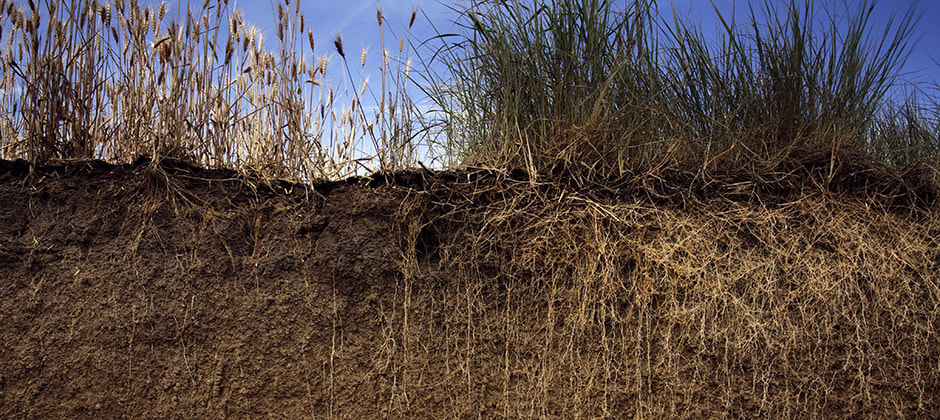
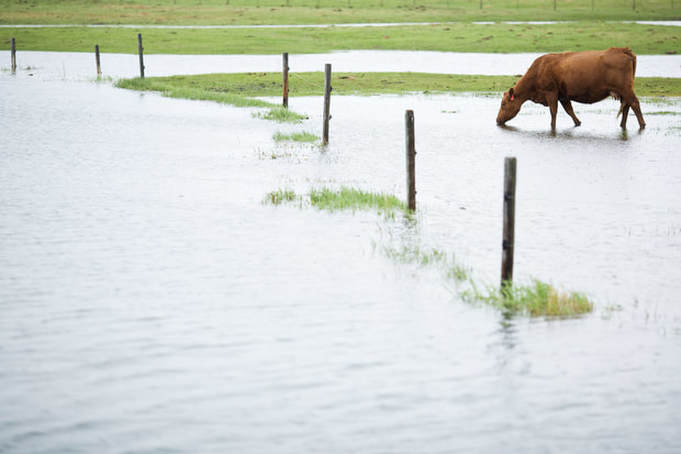
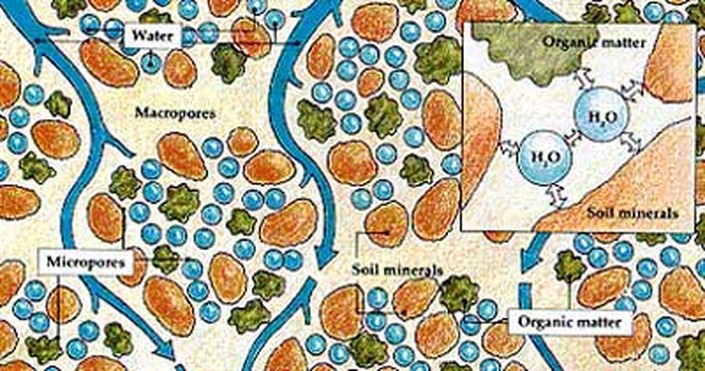
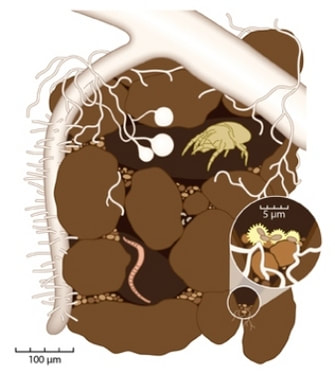
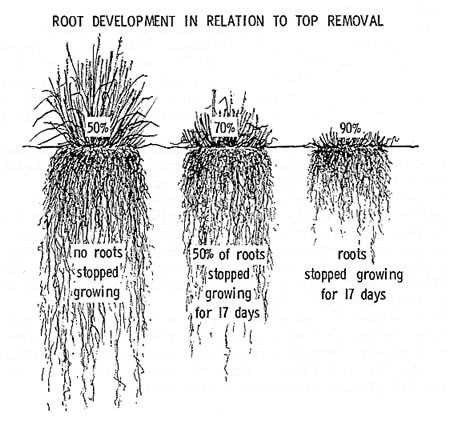
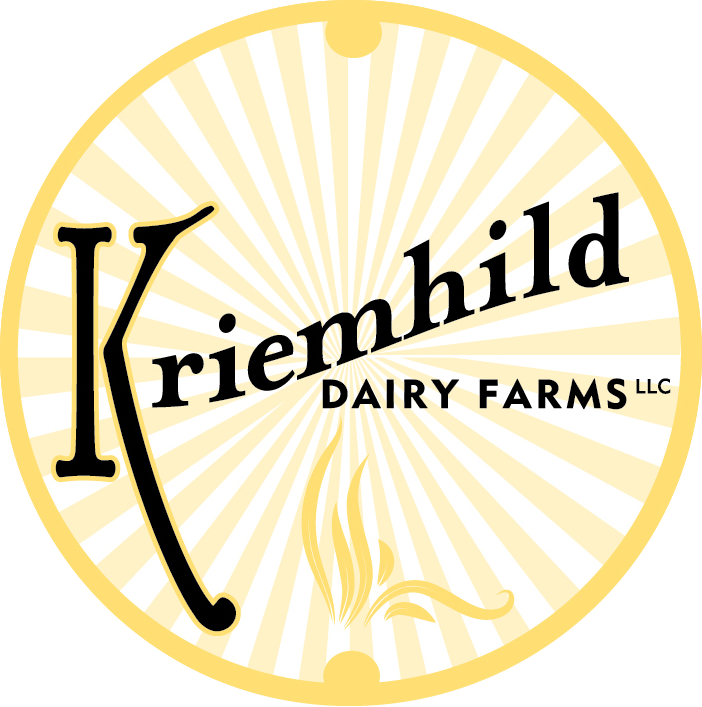
 RSS Feed
RSS Feed